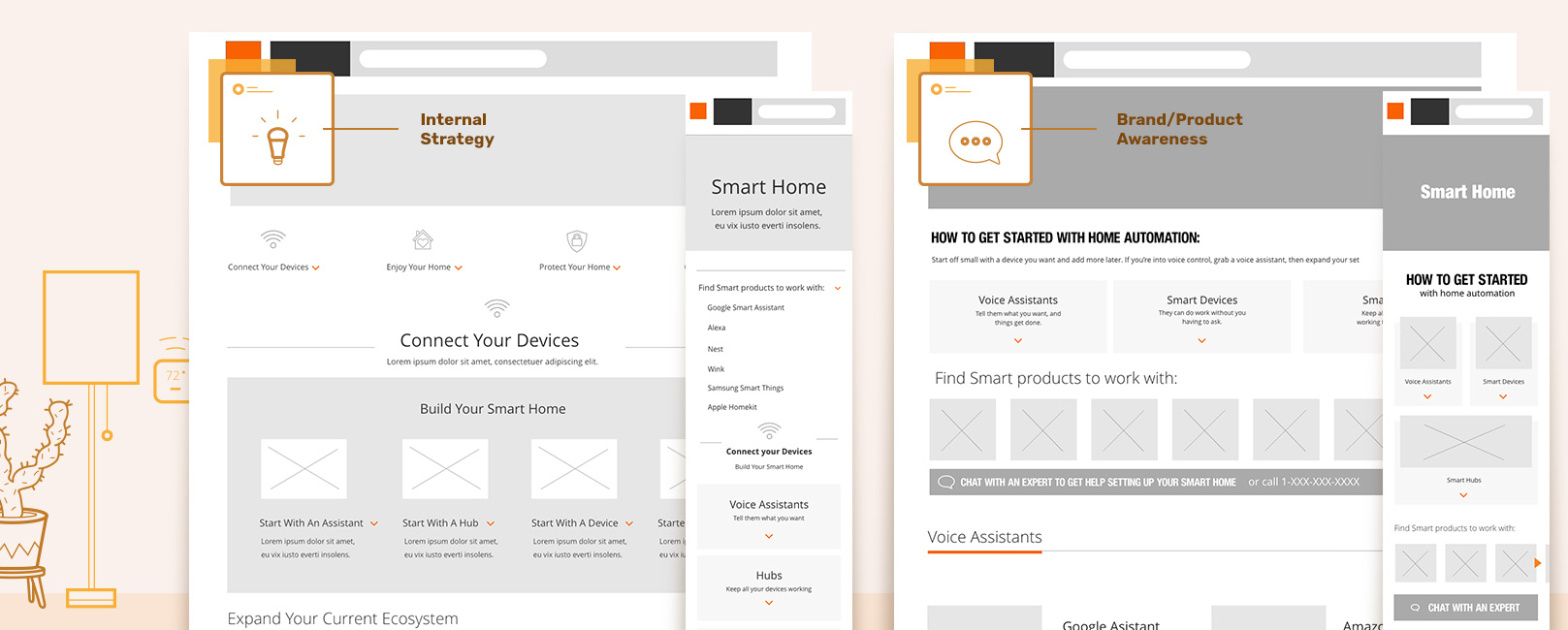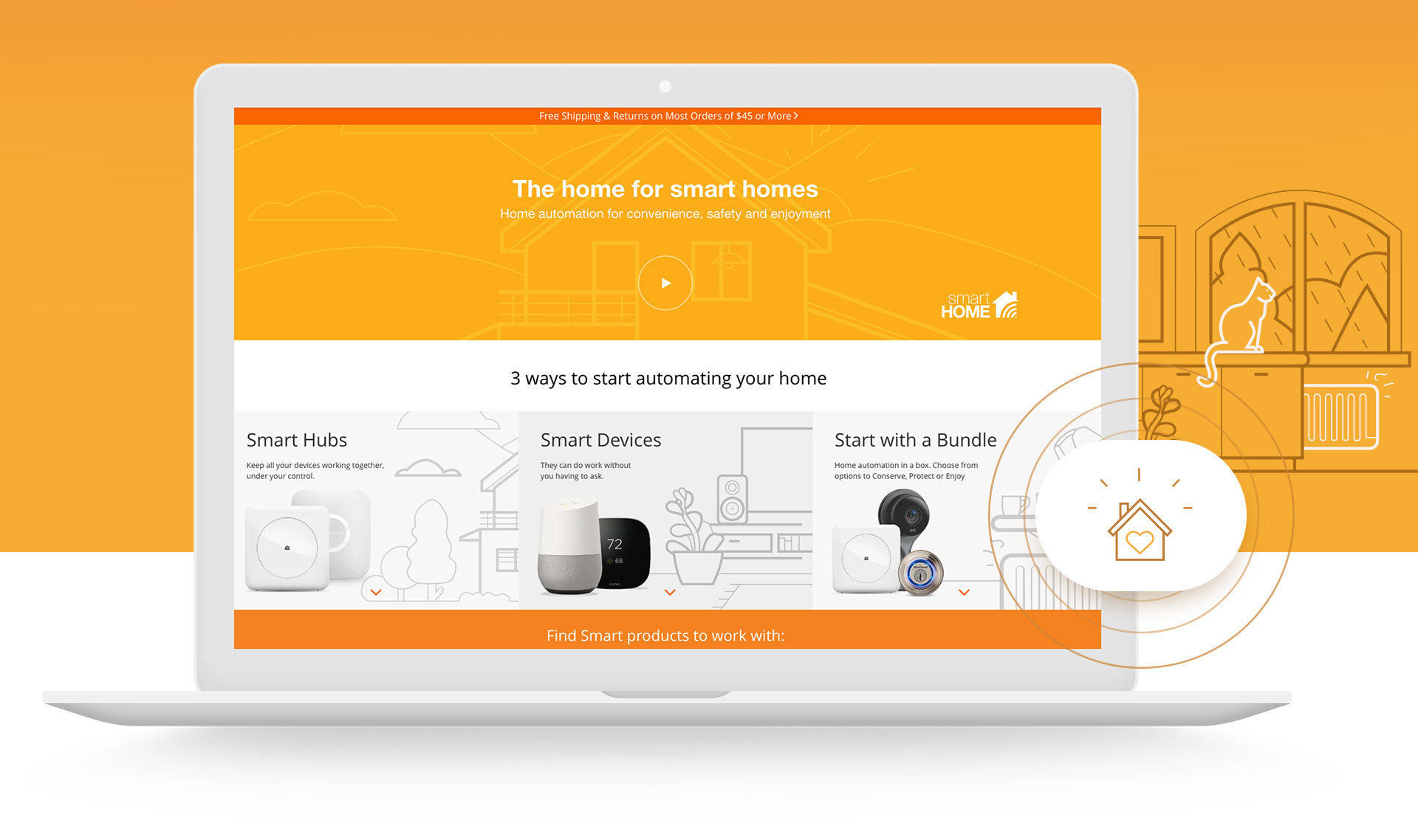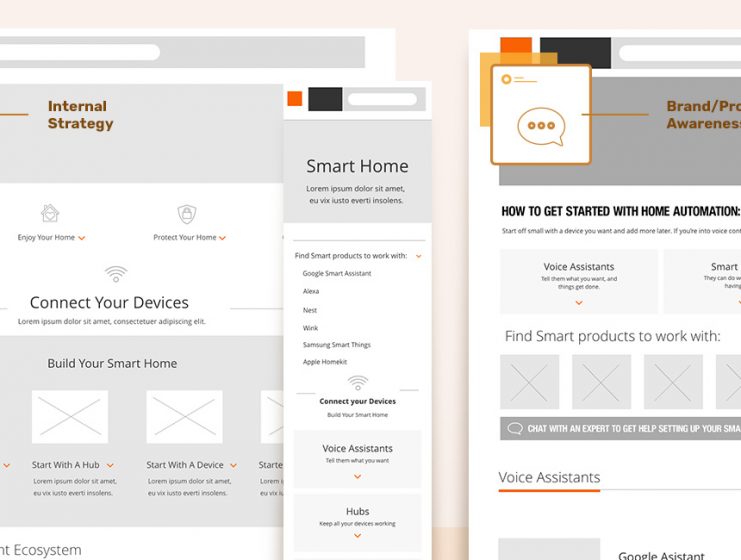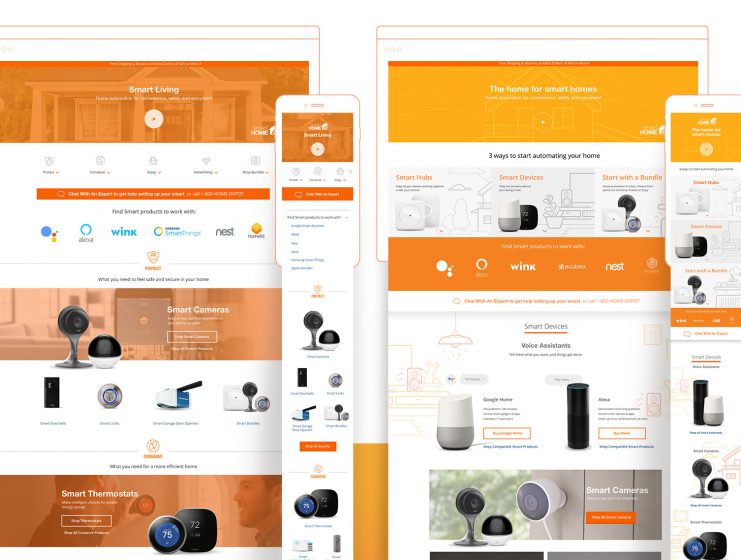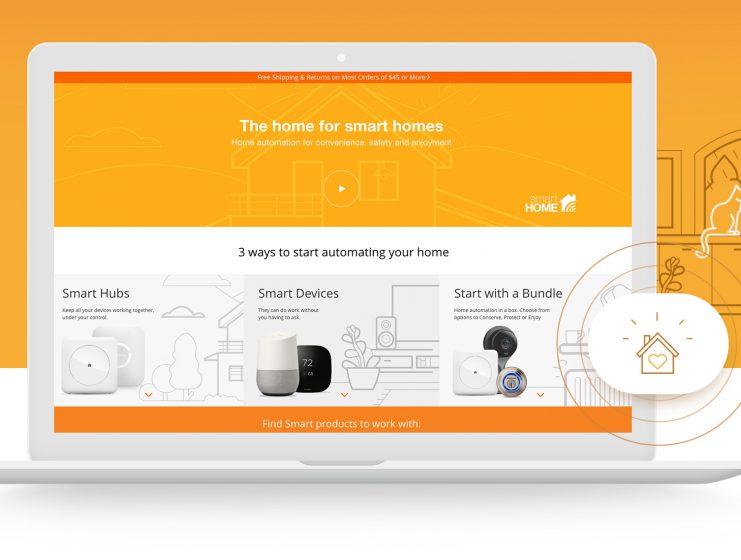The Home Depot revolutionized the home improvement industry when its doors first opened. People came to this new place to save money, learn how to do things themselves, and take on projects they never would have taken on before. They would wander the aisle with excitement for all the possibilities they held. But over the year Home Depot has evolved, but it’s customer perceptions haven’t.
In this project, the key strategy was to showcase how we not only invented the home improvement category but how, we’re also the ones bringing them the next generation of home improvement. This is how we delivered the first phase of Smart Home and how we delivered product innovations, technologies, services, and tools we have that give them smarter ways to get things done – ways they’ve never had before – and solve real problems within a category that is ever evolving.



